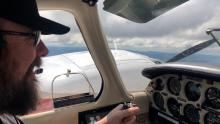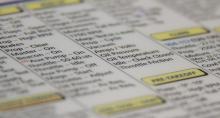IT'S BACK! Fly for a lunch visit with Patrick
The first pleasure flight after getting the airplane back from maintenance, I decided to go have lunch with my good friend Patrick in Mariposa-Yosemite Airport at the Airport Bar and Grill. A fun short flight from Tracy.


